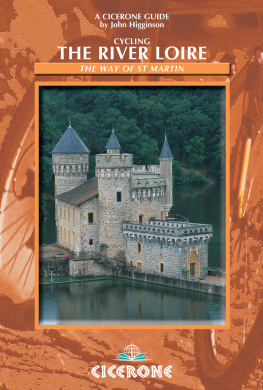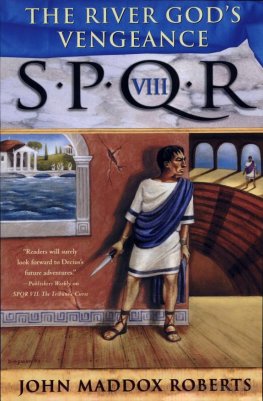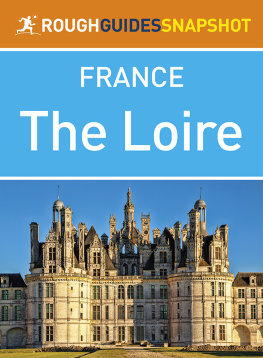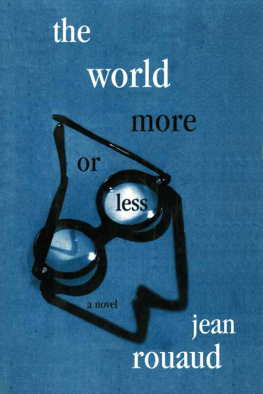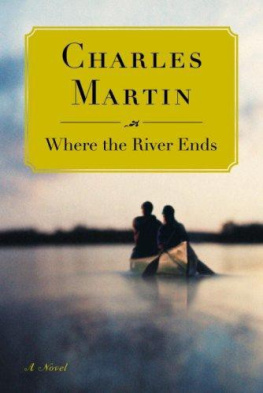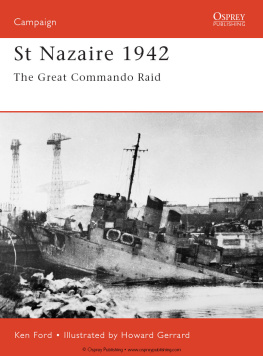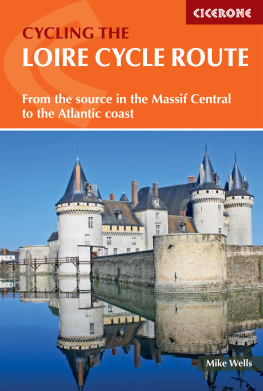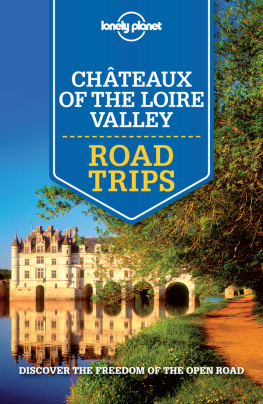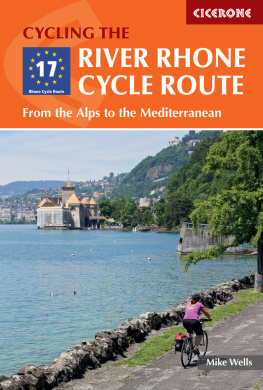About the Author
John Higginson has been a long-distance fell walker for many years. Having been a keen cyclist in his youth, he took up long-distance cycling in Europe a few years after he retired from the post of headmaster of a Cheshire primary school. He is now a writer and lecturer.
He and his wife Andrea who have ridden both south to north and east to west across France, the length of the medieval pilgrimage route from Le Puy-en-Velay in France to Santiago de Compostela in north-west Spain, and the Danube Cycleway from Donaueschingen to Budapest spent many years touring in the Loire valley before embarking on this book, which describes the route and its myriad places of interest.
Other Cicerone guides by the author
The Way of St James A Cyclist's Guide
The Danube Cycleway Donaueschingen to Budapest
CYCLING THE RIVER LOIRE
THE WAY OF ST MARTIN
by
John Higginson
photographs by Andrea Higginson
2 POLICE SQUARE, MILNTHORPE, CUMBRIA LA7 7PY
www.cicerone.co.uk
John Higginson 2003
First edition 2003
ISBN-13: 978 1 85284 383 0
ISBN-10: 1 85284 383 7
Reprinted 2009 (with updates), 2013
Printed in China on behalf of Latitude Press Ltd.
A catalogue record for this book is available from the British Library.
All photographs are by Andrea Higginson.
Dedication
With thanks to Andrea for thirty-five years of adventure
Advice to Readers
While every effort is made by our authors to ensure the accuracy of guidebooks as they go to print, changes can occur during the lifetime of an edition. If we know of any, there will be an Updates tab on this book's page on the Cicerone website (www.cicerone.co.uk), so please check before planning your trip. We also advise that you check information about such things as transport, accommodation and shops locally. Even rights of way can be altered over time. We are always grateful for information about any discrepancies between a guidebook and the facts on the ground, sent by email to info@cicerone.co.uk or by post to Cicerone, 2 Police Square, Milnthorpe LA7 7PY, United Kingdom.
Front cover: Chteau de la Roche below St. Paul de Vezelin
CONTENTS
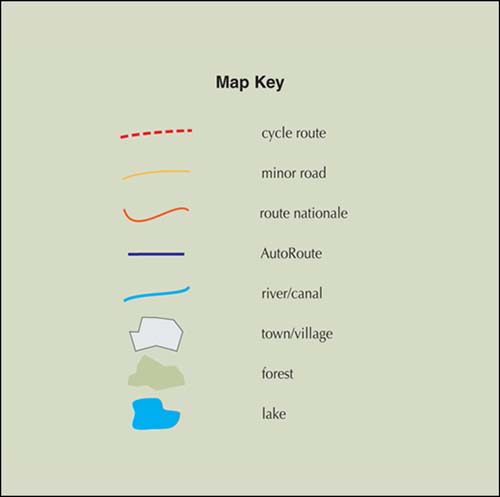
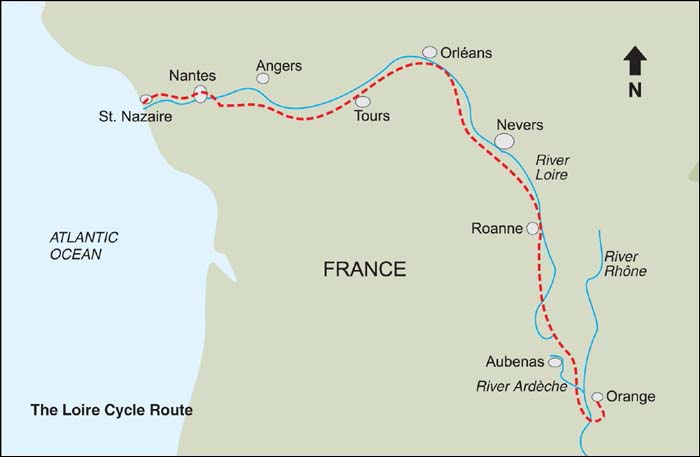

The approach to Gien
INTRODUCTION
The River Loire is known as the Queen of Rivers in France, and for most Europeans this beautiful waterway carries the same title. This is probably as a result of the magnificent chteaux built along its banks between Nevers and Angers, but there is far more to the Loire than a series of ostentatious pleasure domes.
For nature lovers, the region between the Loire's source high in the Massif Central and the end of the Loire gorge near Roanne is unforgettable. It teems with both flora and fauna. It is possible to spend days here kayaking between vertical cliffs. For boating enthusiasts, the central section, accompanied by canals and waterways, is an area of outstanding interest including an abundance of industrial archaeology; and for lovers of fine wine, the Loire produces vineyard after vineyard of the world's greatest vintages. For cyclists, however, the River Loire offers one of the finest long-distance rides in Europe.
This is no suffocating cycle-way denying cyclists access to villages and towns because they might meet vehicular traffic. Instead, the Loire has a natural accompaniment of country lanes and minor roads which hug its banks and provide easy access to every place which takes the cyclist's fancy. In fact, it is the tiny gems discovered along the way which make this journey so fascinating. They will lead those interested from prehistoric and Gallo-Roman remains close to the river's source through every phase of the history of France down to views of the future in the shipyards at its mouth.
Any journey along the Loire will become intertwined with the story of Saint Martin (see ). The majority of churches along the route are dedicated to him, and the river passes by both his home and his final resting place. It even provided the means of transport between the two.
This is, indeed, a river and a cycle route for everyone.
Background
The Loire first sees the light of day as it bubbles out of the foot of a large volcanic plug high in the Massif Central. Le Gerbier de Jonc has five springs, each making its claim to be the source of the Loire, but within a hundred metres they all join together to form a recognisable stream which flows lazily into the Atlantic over 1300km away. The river valley between these points forms the route described in this book. From its source to Orlans it travels in a northerly direction, but then the Loire turns a right-angle bend, swinging to the west until it reaches the sea.

One source of the River Loire at Le Gerbier de Jonc, Stage 5
From its source to the city of Le Puy en Velay, the Loire is very much a mountain river, occasionally dammed, plunging between volcanic rocks or spreading into long lakes behind massive barrages. The winding country roads which accompany it climb and fall erratically, sometimes crossing it on narrow bridges, sometimes leaving it to negotiate a mountain col before returning to its banks. On this section of its length there is never a dull moment, although it is possible to cycle all day on these roads and never see a single car!

The broadening Loire below Ste. Eulalie, Stage 6
Between Le Puy and Roanne, the river continues to flow in a series of gorges, but these are less wild, with good roads running alongside. There are now numerous towns and villages, many with castles and colourful histories. The way is still hilly but less rugged.
North of Roanne, the whole nature of the river changes. Its valley widens and the landscape is dominated by agriculture. Towns and cities are well scattered, but farming villages abound. There are far more cattle than people, and the river flows lazily alongside man-made waterways. The riding along this stretch of the route is easy if a little less inspiring.
West of Orlans the ways become much busier. The tourist industry, based on the mighty chteaux of the Loire, comes to the fore with many roads full of holiday traffic. However, it is always possible to find narrow, unused lanes, often on the very banks of the river, to avoid the crush. The Loire Cycle Way, which appears occasionally in this section, can be of some limited help but is not, as yet, reliable enough to be followed slavishly.

Boats on the Canal de Roanne Digoin near Briennon, Stage 10

